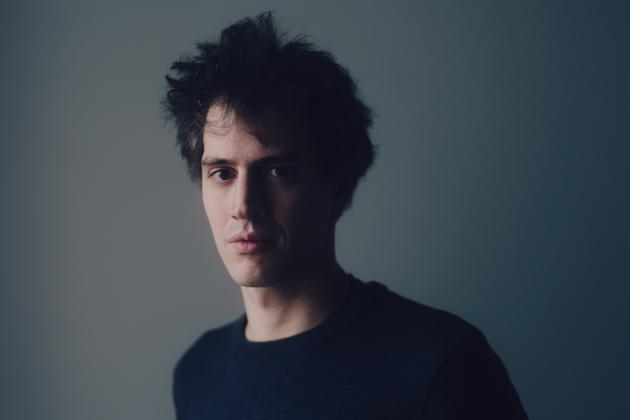Mistral AI is one of France’s most promising artificial intelligence start-ups. Founded in April 2023, the company, which specializes in models capable of generating text, has made quite a splash by raising almost €500 million (Xavier Niel, a shareholder in Le Monde, has a stake in its capital). Arthur Mensch, its 31-year-old co-founder and CEO, who studied at some of France’s top universities and worked at Google DeepMind, introduced Mistral Large on Monday, February 26. This new model offers performance close to that of the leader GPT-4, from OpenAI, the creator of ChatGPT.
The start-up is also launching its own conversational assistant, Le Chat (a play on the French word for cat), which internet users can test by signing up to a waiting list. More broadly, Mistral AI has announced a revenue-sharing partnership with US giant Microsoft to distribute its models to companies. But Mensch stands by his determination to be an “independent, European player.” The engineer also refers to the contentious opposition of his adviser, Cédric O, former junior minister for digital affairs, to the European AI Act regulation: On copyright, Mistral AI says it is in discussion with “content providers, in publishing and the press.”
You’re launching an assistant that competes with well-established services such as ChatGPT, Bard (Google) and Claude (Anthropic). Why?
The chat is a demonstration of our models, which are the driving force behind this kind of generative artificial intelligence application. The aim is also to show companies what they can build with it. This type of assistant is the standard use case for professional generative AI today. They can be connected to internal information sources and documents.

What’s the point of creating a powerful model like Mistral Large, when up until now you’ve distinguished yourselves with small, efficient models that cost less to train and operate?
Having a powerful model makes sense because generative AI has to strike a balance between speed and reasoning capacity. In general, we need very fast queries to do simple things and longer ones for more complicated reasoning. For example, when we access documents to answer a question, we’ll summarize them with a small model, then reason about the summaries and cross-reference them with the question using a large model.
With 34 employees and €500 million in capital, can you compete with Google or OpenAI, which has 800 employees and over €11 billion?
Yes, we can compete with OpenAI or Google. Agility is a strength. We’ve shown that with a small team focused on creating the best text generation models, we can develop world-class technology. On certain indicators, our models outperform those of Gemini, the project I worked on when I was at Google, or those of Meta. And Mistral Large is competitive with GPT-4. Our ambition now is to work on distribution. That’s what the partnership with Microsoft is all about.
You have 72.8% of this article left to read. The rest is for subscribers only.



















